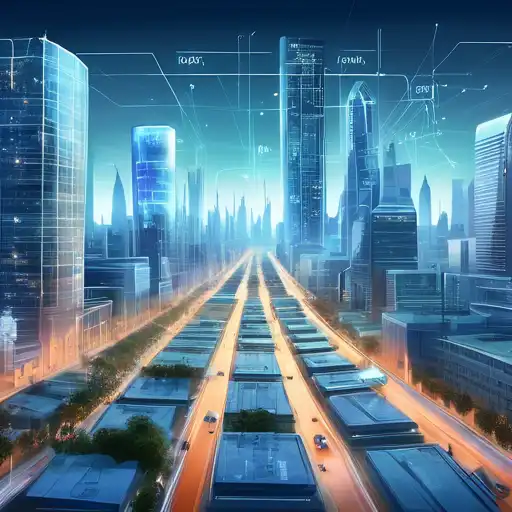Introduction to IoT and Smart Cities
The Internet of Things (IoT) is revolutionizing the way cities operate, making them smarter, more efficient, and more responsive to the needs of their inhabitants. By connecting devices, vehicles, and infrastructure to the internet, cities can collect and analyze data to improve services, reduce costs, and enhance the quality of life for residents.
Key Benefits of IoT in Urban Environments
IoT technology offers numerous advantages for urban areas, including:
- Improved traffic management through real-time data collection and analysis
- Enhanced public safety with smart surveillance and emergency response systems
- Energy savings and reduced environmental impact through smart lighting and utilities
- Better waste management with sensors that monitor trash levels and optimize collection routes
Examples of IoT in Action
Several cities around the world are already leveraging IoT to become smarter. For instance, smart lighting systems adjust brightness based on pedestrian traffic, saving energy while ensuring safety. Similarly, intelligent traffic management systems use sensors and AI to reduce congestion and improve air quality.
Challenges and Considerations
Despite its benefits, implementing IoT in cities comes with challenges. Privacy concerns, cybersecurity risks, and the need for significant investment are among the hurdles that must be addressed. However, with careful planning and collaboration between governments, businesses, and communities, these challenges can be overcome.
The Future of Smart Cities
As IoT technology continues to evolve, the potential for smart cities is limitless. Future developments may include autonomous public transportation, advanced healthcare monitoring systems, and even more integrated urban ecosystems. The key to success lies in sustainable and inclusive planning that prioritizes the well-being of all citizens.
In conclusion, IoT is playing a pivotal role in transforming urban landscapes into smarter, more livable spaces. By embracing this technology, cities can address pressing challenges and pave the way for a brighter, more connected future.
